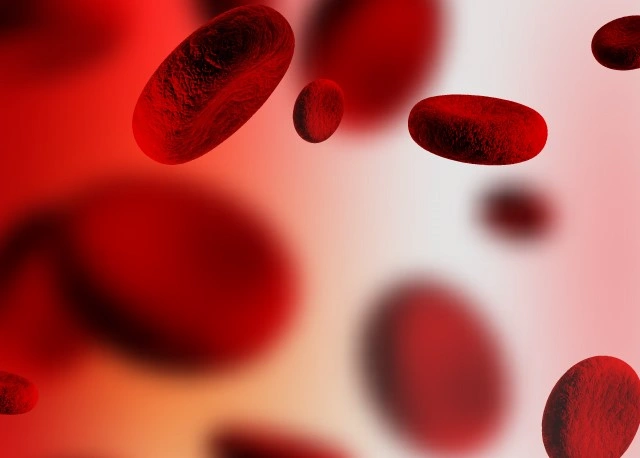
- Deutsch
- English
- 中文


Untreated, hemochromatosis is a very dangerous condition. Due to
massive iron overload, the liver in particular suffers severe
damage, often resulting in cirrhosis or even liver cancer.
The good news: hemochromatosis is very treatable, and these serious
complications can be prevented.
For a long time, traditional bloodletting was the standard
therapy for iron storage disease. Regular removal of blood helps to
deplete iron stores, since the body uses iron to produce new
hemoglobin.
However, bloodletting must be carried out for life, sometimes up to
12 times per year. The chronic blood loss can weaken patients, as
other important blood components—particularly those vital for the
immune system—are also lost.
At Schleicher & Brückl, we prefer erythrocytapheresis for
treating hemochromatosis. The patient's blood is drawn from a vein
and passed through a sterile tubing system into an apheresis
machine. A special separation process removes only the iron-rich red
blood cells, while all other components are returned to the body.
To maximize iron removal, patients receive an erythropoietin
injection before the procedure. This growth factor stimulates red
blood cell production, which consumes iron from the body's
stores—making the subsequent apheresis even more effective.
The advantage of erythrocytapheresis is that it requires fewer
sessions than traditional bloodletting. Iron levels often drop after
just two to three treatments. The procedure then only needs
repeating every one to three years. Patients also tolerate it
better, since only red blood cells are removed while other vital
components are returned.
Due to high demand, our practice now operates two apheresis machines.
For further information and articles on hemochromatosis, see our section on Hemochromatosis Therapy.
We are also available for personal consultation at Schleicher & Brückl. Book an appointment.
November 4, 2020